After picking up his white-tailed deer skull from the taxidermist this fall, Kody Atkins found out the deer had an uncommon feature–upper canine teeth. The small teeth were located halfway between the molars and the front end of the upper jaw, one on each side.
Upper canine teeth are found in male and female elk and are known as ivories, whistlers, buglers, eye teeth or dog teeth. Upper canine teeth in deer are uncommon and even could be considered on the borderline of rare.
In one study, deer researcher C.W. Severinghaus examined 18,000 white-tailed deer and only 23 had upper canine teeth, a total of 0.01 percent. Other studies have found upper canine teeth slightly more prevalent in southern states than northern states.
During a study in 1963, the Nebraska Game and Parks Commission checked every mule deer harvested and only two of the deer examined showed upper canine teeth.
The upper canine teeth are not the meat-piercing canines that are found in the dog family. Instead, the upper canine teeth found in the deer family are vestiges of prehistoric tusks.
For elk, the upper canines consist of ivory, the same material as the tusks of walruses, wild boars and elephants.
The ancestors of modern-day elk and deer once sported large canines in the form of tusks. They used the tusks during rut and as defense against predators because their antlers were not as large as today.
Over the millennia, elk and deer evolved larger antlers for defense and the upper canine teeth regressed. Elk retain the largest upper canine teeth in the deer family.
Elk still maintain the ancient behavior of curling their top lip into a “sneer” threat posture to reveal their upper canine teeth. The ivories aren’t as threatening now as they once had been since they have shrunk down to rounded, thumb-tip sized nubs.
There are three deer species in the world that still possess tusk-like upper canine teeth: musk deer, Chinese water deer and muntjacs. Musk deer and Chinese water deer both have upper canine teeth but no antlers. Muntjacs of southeast Asia have both tusks and antlers.
Other members of the deer (Cervidae) family also possess vestiges of canine teeth. Both male and female caribou generally grow upper canine teeth but they typically don’t break through the gum line. Moose normally lack upper canines but a few rare cases of rudimentary upper canines have been reported.
The rarity of upper canine teeth in deer and moose is a factor of genes. The gene for vestigial upper canine teeth is still present in some deer. When a male and female possessing the gene mate, there is a chance the trait will show up in their offspring. Severinghaus even found some does during his study that possessed upper canine teeth.
They may not be as valuable as elk ivories, but the upper canine teeth of deer are a rare find to be on the lookout for when cleaning a skull.

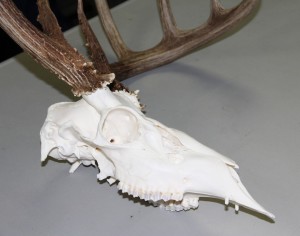
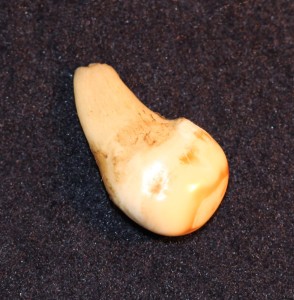
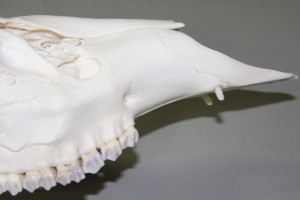
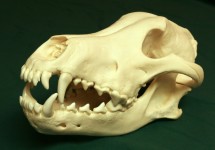
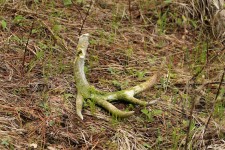

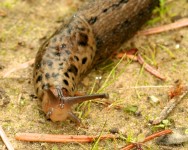
Very interesting article
Thank you!
I got a VAMPIRE DEER , Nov 2018 in Ohio.
Ohio, I got on Boone an Crockett Nov 2018 VAMPIRE DEER .
Michael Schultz.
I have one in my shop that I’m doing for a costumer.
I am from northwest Alabama .in the 1980s I did some taxidermy I found a buck deer with upper canines and two years later the same hunter brought another with canines the last appeared to be 2 years older which may mean they were brothers they both came from the Waterloo area I have kept them
Interesting! Thanks for sharing.
Just cleaned up a 3 1/2 year old buck from lower michigan that has a canine on one side.
Thanks for sharing!
I have a 5 x 5 with them I know of 3 including mine that came from the same are here in montana in the kila area